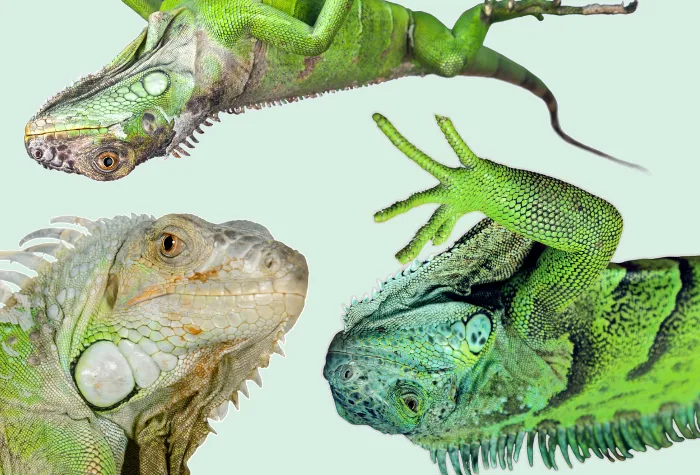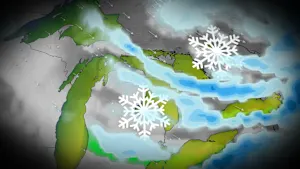
Oh no! It's raining lizards in Florida (again)
Florida is currently dealing with its coldest weather of the season, courtesy of a blast of Arctic air that has temperatures hovering around the freezing mark.
All of this is bad news for local iguanas, some of which have fallen to the ground in protest.
IT'S EVOLUTION, BABY
This isn't a new phenomenon. For years, our diligent reporters have been keeping an eye on Florida's lizards.
These cold-blooded creatures fare best in warm conditions, and an unseasonable chill can cause some of them to freeze up and fall from trees.
It looks dramatic -- but most of the time, the lizards are fine once temperatures return to normal. This short-term paralysis is just one of the ways they have evolved to ride out cold weather. Other, more long-term tactics include burrowing underground or finding a safe spot to remain still and drop their body temperature.
Upon closer inspection, scientists were surprised to learn lizards are more adaptable to the cold than previously thought.
"When air temperatures drop below a critical limit, lizards lose the ability to move. Most commonly, the lowest daily temperatures occur at night while many diurnal (day-active) lizards are asleep," biologist James Stroud, a postdoctoral research associate at Washington University in St. Louis and the lead author in an October 2020 study on the subject told CNN.
"As many diurnal lizards typically sleep above the ground, perched safely in and among leaves and branches, they may lose their grip if temperatures drop below this critical functioning limit."
The study was inspired by a record-breaking cold snap that occurred in Florida in January 2020, where researchers collected several cold-stunned lizards of various species to learn about their cold tolerance.
Previous research by Stroud and his colleagues revealed different types of lizards have different degrees of cold tolerance. Typically, lizards will feel stunned if temperatures drop below 8-11°C, depending on the species.
One theory about how they acclimatized is linked to natural selection, meaning the January cold snap killed off lizards unable to tolerate the temperatures, leaving the strongest behind.
There is also a possibility the reptiles have undergone physiological changes in response to cold weather.
Thumbnail: Custom graphic by Cheryl Santa Maria. Image credits, from left to right: Life on White/Canva Pro, Billion Photos/Canva Pro, Christo Green/Pexels









